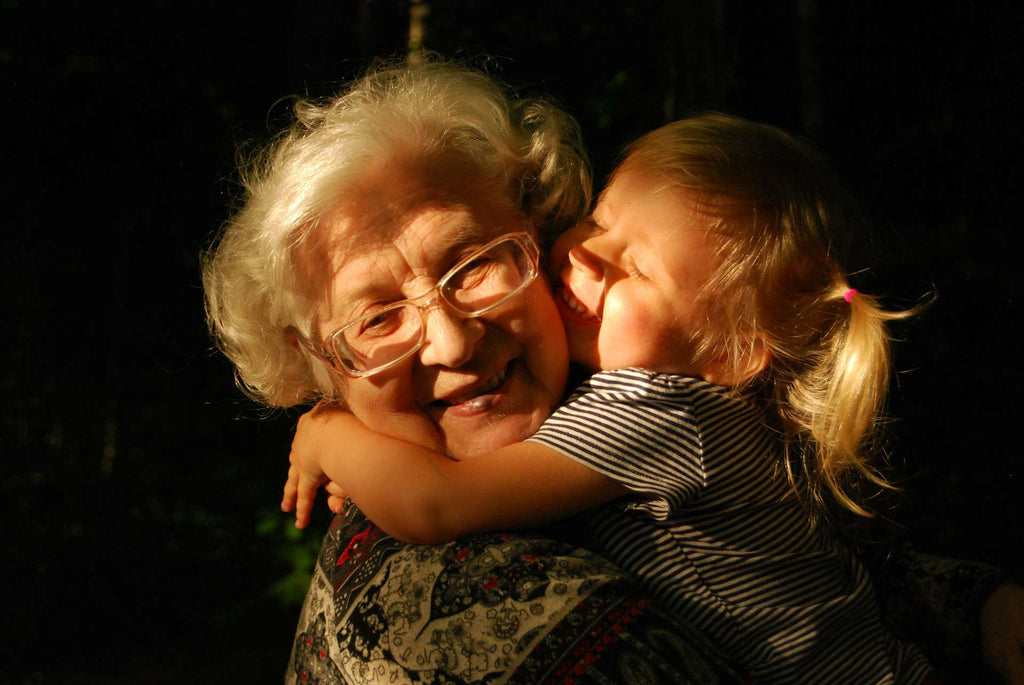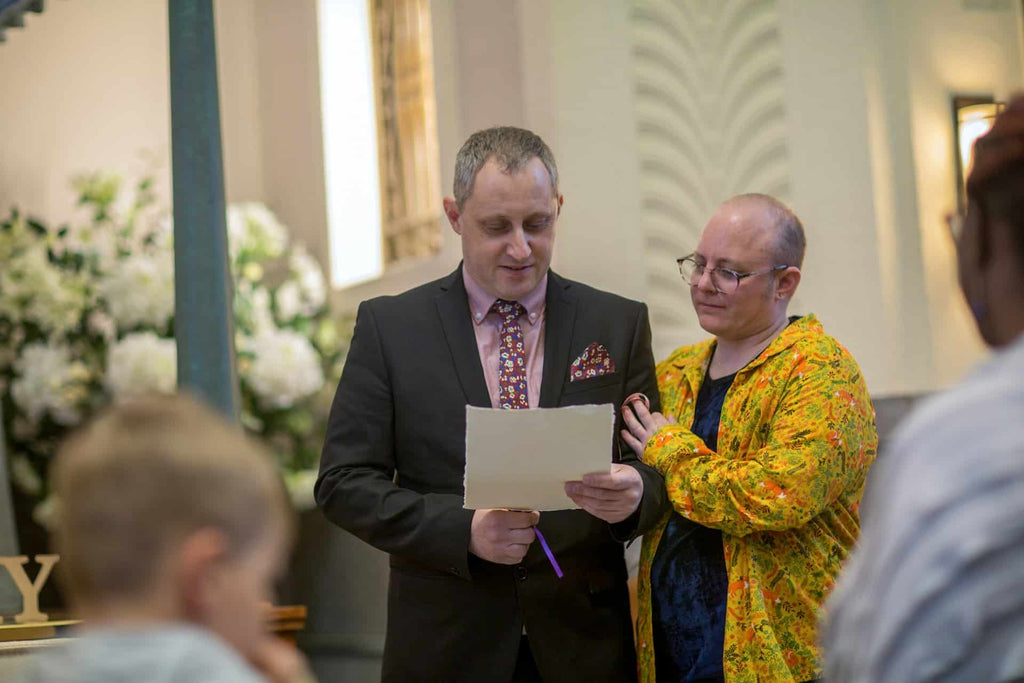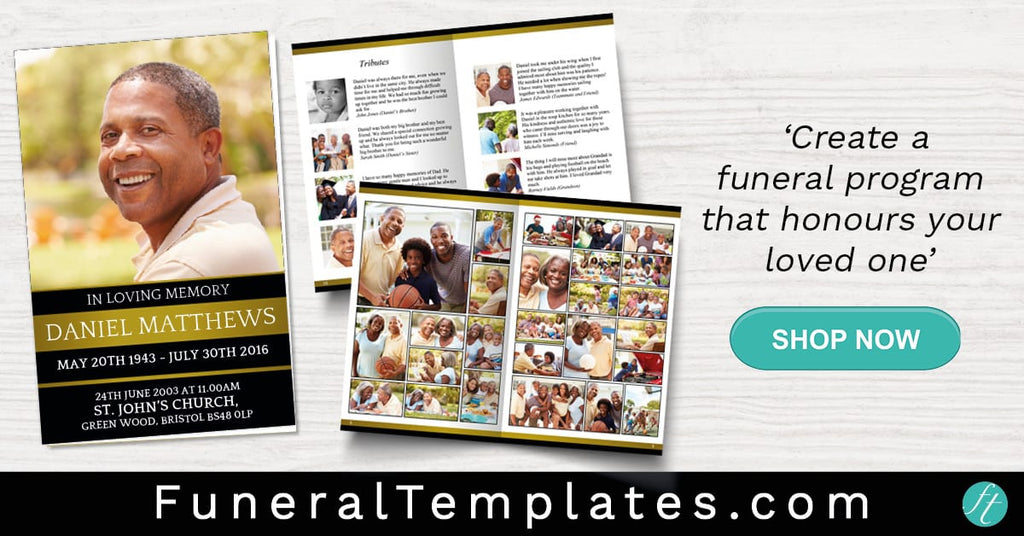When you set out to write a eulogy, you aim to create a sincere and personal reflection that resonates with others. Finding an example eulogy or a template can be incredibly helpful if you're looking for guidance to start writing or need inspiration to polish your speech. These resources provide a structure for your tribute, allowing you to weave personal anecdotes and memories into a meaningful narrative that captures the spirit of the loved one you're honoring.
Understanding the Purpose of a Eulogy

Setting the Tone
Role in the Grieving Process
Preparation Before Writing
Gathering Content
- Friends' Anecdotes
- Family Stories
- Personal Accomplishments
- Community Contributions

Choosing the Theme
Reflecting on Memories
These memories form the emotional core of your eulogy and can help you convey the essence of who they were. Here are three headings to help with noting down your thoughts:
- Shared Experiences
- Personal Impact
- Endearing Habits
Structuring Your Eulogy Template
Beginning with Impact
Weaving a Narrative
Concluding on a Positive Note

Writing Techniques
Incorporating Quotes and Poems
Sharing Personal Stories
Balancing Emotions with Humor

Practical Tips for Writing
Editing and Refinement
Practicing Delivery
Seeking Feedback
Delivering Your Eulogy

Overcoming Nervousness
- Practice your speech multiple times before the actual event.
- Take deep breaths before you start speaking to calm your mind.
- Focus on speaking slowly and clearly for your audience to understand and connect with your words.
Connecting with the Audience
- Making eye contact with different people in the audience, where appropriate.
- Encouraging a sense of unity by referencing shared experiences or qualities of the loved one that everyone can relate to.
Speaking from the Heart
- Being sincere and allowing the natural emotion of your love and respect for the departed to guide your delivery.
- Avoiding overly complex or formal language to maintain the directness and intimacy of your message.
Personalizing the Eulogy

Honoring the Deceased's Legacy
Celebrating Life and Relationships
Sharing Unique Characteristics
Tips and a Free Eulogy Example
by Pastor Cathy
Having a eulogy example or a eulogy template is helpful when preparing to give a eulogy at the funeral service of your loved one. I’ve invited Pastor Cathy, who’s prepared and delivered over 50 eulogies in her role as a funeral service minister, to share her top tips, a eulogy example and her tried and tested Eulogy Template, which you can download for free.
What is a eulogy and how is it different to an obituary?
A eulogy is a speech summing up someone’s life, which is spoken out during a funeral or memorial service. It’s a tribute to the person who’s passed away and can include their key life events, memorable character traits and what they meant to others. An obituary is a written report online or in a newspaper that announces the death of a loved one and gives a short description of their life. It can also form part of a funeral program alongside details of the service.
Who can deliver a eulogy, and can it be more than one person?
Anyone can give a eulogy but it’s usually a family member, friend or minister who’s leading the funeral service. If asking a pastor or celebrant to deliver part of the eulogy, it’s important to make it clear who’s going to say what, so that no details are missed out.
What makes a good eulogy?
Be truthful so those listening to the eulogy recognise the person they knew and loved. Don’t be afraid to say what they were really like, even including the things they disliked. Include some humour, such as funny memories of holidays shared. Gathering stories and memories from other people will make this process easier. You could ask each family member to write down a special memory and share it with you.
What advice would you give to someone preparing to give a eulogy?
The thought of preparing a eulogy, especially if you were very close to the deceased, can be daunting, but the process of writing a eulogy can be a healing process as you recall the special memories of your loved one. On a practical note, type out the eulogy rather than writing it by hand so it’s easy for you to read, and anyone else in case someone needs to step in and take over. Also, it’s common for people delivering eulogies to read too quickly so you could put dashes or extra spaces between sentences to make you pause and read slower.
What’s the best way to start a eulogy?
I recommend starting with the person’s full name and when they were born.
Is it ok to include humor?
If married, include how they met as this is often humorous. People are interested in this and including some humor in the eulogy can help with the healing process.
What about including quotes, poems or songs?
If including a quote, poem or song, think about how it would leave people feeling. For example, consider sharing something more upbeat at the beginning of the eulogy and something more sombre at the end as you’re saying goodbye.
Is there anything you wouldn’t include in a eulogy?
A good rule of thumb is to avoid anything the family doesn’t want included. Also, don’t say anything disrespectful, or negative about the person.
How long should a eulogy be?
Aim to keep to a maximum of 10 mins, which is about 1000 words, but a shorter 5 minute eulogy is also fine.
What’s the best way to end a eulogy?
I always end with the date they passed and how, for example, in their own home surrounded by family. You could also conclude by using three or four words to express what they were like, for example, they were a kind, compassionate, thoughtful, and loving person who will be sadly missed by all those who knew and loved them.
Do you have any tips for staying composed when delivering an emotional eulogy?
Write it down and practice beforehand by reading it out loud while timing yourself. Type and print the eulogy out so someone can read it in case you get too emotional. When delivering it, breathing slowly and speaking slowly will help you stay composed.
Would you be happy to share one of the eulogies you gave on behalf of a family?
Sure, here’s an example of a eulogy I gave (with the name changed). You could use it as an example to follow when preparing a Eulogy for your loved one:
Coming here today I know you will all have your own very special thoughts and memories of Jane that you treasure. - -
I would like to share some of Jane’s families
memories with you now. - -
Jane was born in Manchester to her parents Lilly and Douglas -
on the December Sixth, Nineteen Thirty Three. -
One of five children, -
Jane had one brother and three sisters, -
Jane was the fourth in the family. - -
As a child Jane was evacuated during the war to Wales. - -
Jane met her husband John when they worked together
at Stanley James factory in Oldham. - -
They married not long after they met. -
Jane was just eighteen years old, -
and had six children –
Douglas, - David, - Catherine, - Charlotte, - Matthew and Donald. - -
Jane also had lots of grandchildren, - great grandchildren
and two great, - great, - grandchild. - -
Jane loved them all dearly, -
her face used to light up when she saw them, -
and I am told they all loved going to see her, -
and enjoyed all of the cakes, ice cream and chocolates –
lots - - and lots! that she used to give them. - -
Jane enjoyed gardening, - she had a lovely garden, -
and used to give her family gardening advice. - -
She liked collecting Tobey jugs, - reading, -
puzzle books, - gardening, - watching the soaps
and gardening programmes. - -
She also enjoyed eating jelly sweets, -
Cadburys cream eggs - sucking out the cream, - cheese , -
and bags of chocolates, -
that she said she didn’t eat but used to disappear! - -
And holidays, - Jane loved going on holiday, -
going to Blackpool and The Peak District, -
with car loads of family. - -
Jane also went on holiday to Greece with her family
she enjoyed it, - and loved flying. - -
Jane’s last few holidays were nearer to home, -
Jane loved her holidays but was just as happy
to sit in the garden when the sun was shining.
Jane was very family orientated, -
her family tell me ‘she was always there.’ - -
To them - she was ‘the best mum in the world,’ - -
and ‘the most patient person.’ - -
She was also kind, - placid, - funny, - and firm but fair. -
A shy, - private, - person who never liked a fuss. - -
** PAUSE **
Jane passed away at the age of seventy eight –
at home as she had wanted, with her family all around her.
A lovely lady with a beautiful heart, - kind soul,
‘the best mum, - sister and granny in the world.’ - - -
Who will be very sadly missed –
and fondly remembered, -
by all those who knew and loved her.
Thank you, Cathy, for sharing your tips and example eulogy. If you’d like a eulogy template to follow, with headings and space to write your own eulogy, you can download Cathy’s free Eulogy Template here.
For Funeral Program Templates, Photo Displays, Welcome Signs, Slideshows and other matching items, see our Funeral Templates Collections page here:












